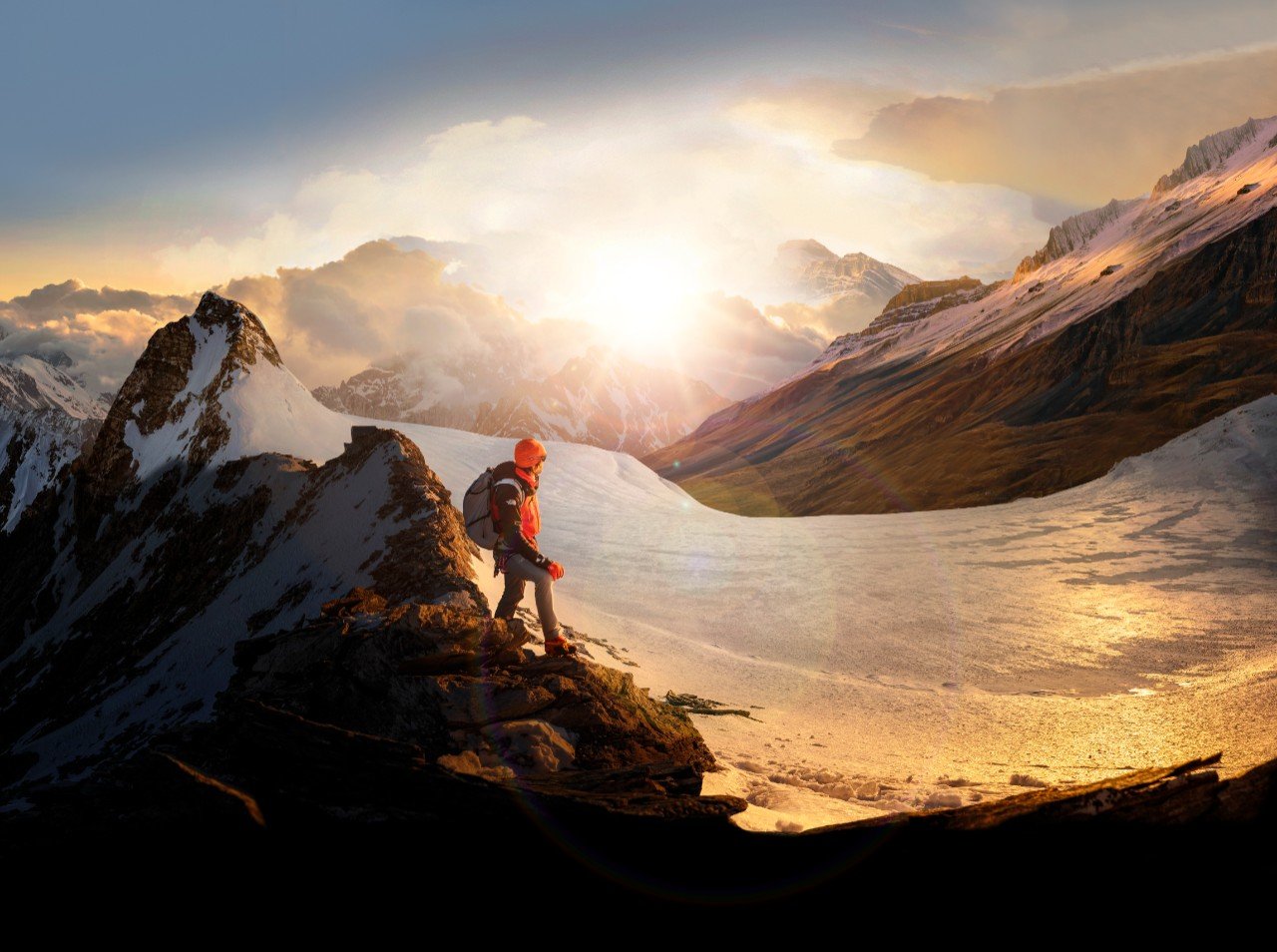A Backpacker’s Essential Gear List

March 29, 2021
By Hannah Rheaume
Hannah is a Colorado-based adventurer. You’ll likely find her in some of the state’s most beautiful locations with a camera in hand. She’s the host of the podcast Women & the Wilderness, a yoga teacher, conscious creator and outdoor adventure photographer. You can follow her on Instagram @hannahrheaume.
Like so many others, Hannah began spending time in wild spaces when the outside world became a little too loud. What was once an escape quickly became her new normal. Below, Hannah shares her essential backpacking gear list.
Through a lot of trial and error, I figured out what works for me and what doesn’t on the trail. Keep in mind when reading through this list that what works best for me might not be best for you — thus the concept of trial and error. Have patience with yourself because it will take some time to navigate this new terrain.
- Backpack: This can be a tricky one to figure out, but anyone who works at a gear shop will be more than happy to help you find a pack that works for your body. There are a lot of different things to consider, like weight, size, pockets, torso length, hip straps and pole loops.
- Tent: I opt for a two-person ultralight backpacking tent with two vestibules. I find it’s just the right size for sleeping alone or with the person I am hiking with (if they don’t have their own tent). It is super lightweight and is easy to assemble alone or with someone else.
- Sleeping Bag: A sleeping bag rated to 25 degrees Fahrenheit typically does the trick when backpacking in the spring, summer and fall — but of course you know what your body needs for the best sleep.
- Sleeping Pad: I find that this is essential to having restful sleep. Generally, campsites are filled with roots, rocks and divots but with a good sleeping pad, you’d be hard pressed to notice!
- Cook System: There are a lot of compact cook systems out there that work really well and are lightweight. Most come in a starter package, and all you need to purchase in addition to the cook system are propane, silverware and bowls to eat out of.
- Water Filter and Reservoir: My water filter can attach directly to my water reservoir, which is compact and makes for very easy water filtration. I carry two water reservoirs with me, one I drink out of that fits in my pack and one specifically for filtering the water. I NEVER drink out of the reservoir I filter water in because the likelihood of getting sick from bacteria is high. When searching for a water filter look for one that removes 99.99% of viruses, 99.99999% of bacteria, and 99.9999% of protozoa, cysts and chemicals.
- First Aid Kit: I like to keep medical tape and duct tape in my first aid kit in lieu of bandages (because they don’t work very well, plus the tape can be used to fix damaged gear in a pinch) along with ibuprofen, dry ice packs and antiseptic ointment.
- Boots: Everyone’s preference is a little different — I prefer hiking boots with a lot of ankle support. Some might prefer more of a trail runner or something lightweight with less support.
- Extra Clothes and Layers: I keep my clothes in a dry sack to protect them from moisture, and it usually includes extra underwear, socks, bras, sleep clothes, T-shirt, long sleeve sun shirt, pants and shorts.
- Camp Sandals: I like to let my feet breathe after a day of hiking — camp sandals are perfect for that. Some don’t mind walking around barefoot, but I have sensitive feet and find this is an easy way to keep dirt out of my tent.
- Rain Gear and Pack Cover: This is always in my pack — no matter the forecast. Here in Colorado the weather can change in an instant, so I always like to be prepared.
- Outdoor Watch: I have the fēnix® 6S Pro Solar. I love this watch because it helps me prepare for trips by mapping out my route on the trail using preloaded topographic maps as well as utilizing performance metrics, suggested recovery time and daily workout suggestions based on goals. While on the trail, it helps me determine how I’m holding up to the altitude (very important in Colorado) and has respiration tracking, a Pulse OX sensor1, a solar-charged battery and topo maps! Basically, it’s an adventurer’s best friend.
- Satellite Communication Device: I use the inReach® Mini2, which is a satellite communicator and allows me to send preloaded messages to specific contacts to let them know I’ve made it into camp safely when out of cell range. There is also an SOS feature I can use in the event I am hurt or lost.
- Food: It’s important to look for fuel when shopping around for backpacking food. I look for food that is high in fat, carbohydrates and protein and try to avoid the super sugary meal replacement bars and snacks. I find when I eat those I experience a crash later in the day. I start the day with some plain oatmeal with coconut oil and almond butter (you can buy individual packets of these). For lunch I usually don’t have much of an appetite but when I do, I opt for jerky…
